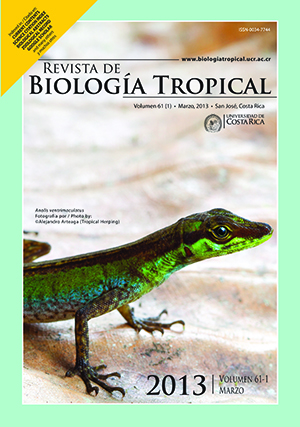Abstract
Baja California Peninsula has several wetlands that represent important ecosystems for shorebirds. San Ignacio Lagoon is one of these sites, and supports 10% of the total abundance of shorebirds reported in this Peninsula. Since there is few information about this group in this area, we studied spatial and temporal changes in abundance and distribution of shorebirds in San Ignacio Lagoon. For this, we conducted twelve monthly censuses (October 2007-September 2008) on the entire internal perimeter of the lagoon, which we divided into four areas: two at the North and two at the South. We observed a seasonal pattern, with the lowest abundance in May (1 585 birds) and the highest in October (47 410). The most abundant species were Marbled Godwits (Limosa fedoa; 55% of the total records), Western Sandpipers (Calidris mauri; 23%), and Willet (Tringa semipalmata; 10%). All three species were more abundant in autumn; for both, the Marbled Godwit and Willet, we observed their highest numbers in winter and spring, while the Western Sandpiper showed noticeable oscillations, reaching a maximum in early winter (December). In summer, Marbled Godwit and Willet were the only birds present but in lower numbers. Here present the first records of the Pacific Red Knot (Calidris canutus roselaari) in the area. Bird abundance and species richness were influenced seasonally by migration and spatially by sites in the lagoon. The greatest shorebird abundance was in the South area of the lagoon, probably because of better accessibility to food. Our results allowed the inclusion of San Ignacio Lagoon in the Western Hemisphere Shorebirds Reserve Network (WHSRN) as a site of international importance.##plugins.facebook.comentarios##
Downloads
Download data is not yet available.






